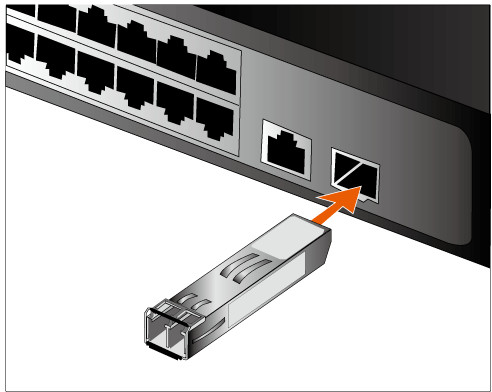Fiber plug-and-play solutions for data center applications are necessary to transmit data with a high degree of integrity, reliability, and efficiency. At the same time, pluggable fiber optic transceivers are becoming more and more popular. There are many benefits of pluggable optical transceivers. For instance, a 120km reach module can have low power consumption and a small footprint. These modules are designed to simplify wavelength management and provide a solution to fiber exhaust. Here are some more benefits that explain why pluggable optical transceivers are so important in data center communications.

Easy to Replace or Repair
Pluggable fiber optic transceivers are easy to replace or repair and can be placed into a variety of applications. In most cases, they do not have to be powered down for replacement. This is why most designers prefer pluggable optical transceivers. SFP pluggable devices are recommended. If the device malfunctions or requires an upgrade, it will be easy with a pluggable fiber optic transceiver. When you open the device to replace the transceiver, it only requires a few simple steps, and the process is complete. Experts can help with the process, but most people with some technical skills can perform the process easily.
Compatible With Many Other Devices
Pluggable optical transceivers are compatible with many other devices including discrete components. They are also compatible to multiple setups across both fiber optic and copper channels. Whether you need both long or short distance communication, SFP transceivers can help. The electronics are universal and will ensure that meets Gigabit standards for all types of networks. Besides, designers do not have to get new hardware every time a transceiver needs replacement. For example, Cisco GLC-LH-SMD compatible transceiver provided by Fiberstore offers the same function with Cisco branded GLC-LH-SMD and is fully compatible with Cisco SFP devices.
Communication Distance
SFP transceivers are adept at passing data and information across fiber from one network to the next. Communication is possible because of the copper wiring or fiber optics through which signals are being sent. Optical transceiver modules are also capable of helping to deliver signals. Networks can generate both long and short distance communication, and there are transceivers to handle both types of communication.
Data Rate
Transceivers, typically, are sold with a set speed that moves data. The faster data can reach its destination, the faster decisions can be made. Pluggable optical transceivers which support selectable data rates can create self-healing redundant links for mission critical applications or support physical layer multicast broadcasts of any protocol within its range. Most applications require a faster data transfer rate, but “how fast” will depend upon the application. For instance, Finisar FTLF8524P2BNV SFP transceiver can support up to 4.25Gb/s bi-directional data links to maximum 15om distance and 2.125Gb/s data rate to maximum 300m when using different types of fiber cables.
There are numerous benefits of pluggable fiber optic transceivers. The benefits make them valuable to any network. Because of the universality of the transceivers, they can operate in many different types of networks. That’s why pluggable fiber optic transceivers are preferred by many designers because they are flexible, scalable, and affordable. In the future, designers hope to make them more compatible and have a faster data transfer rate.
No comments:
Post a Comment